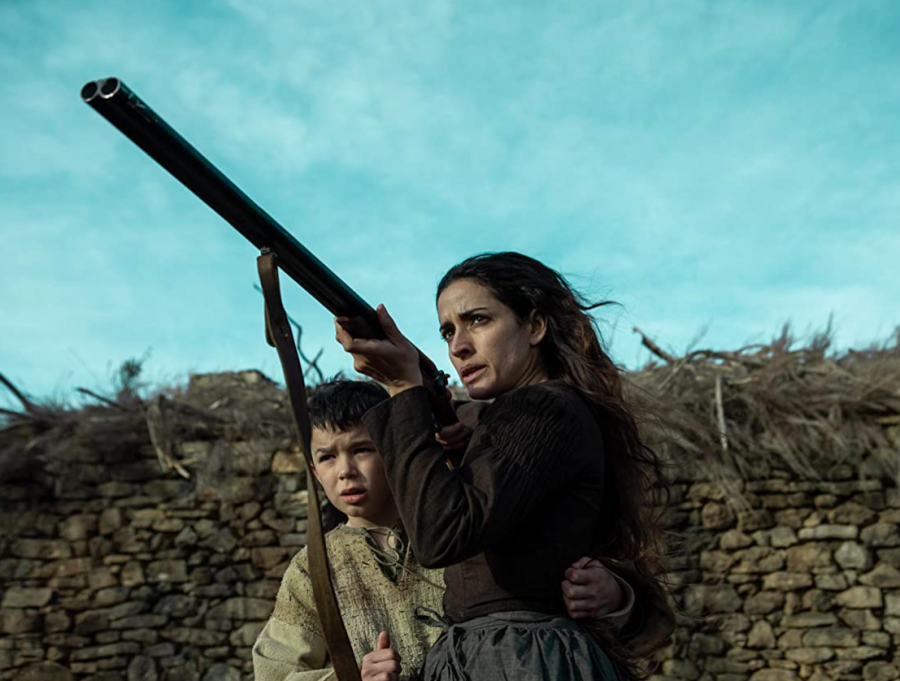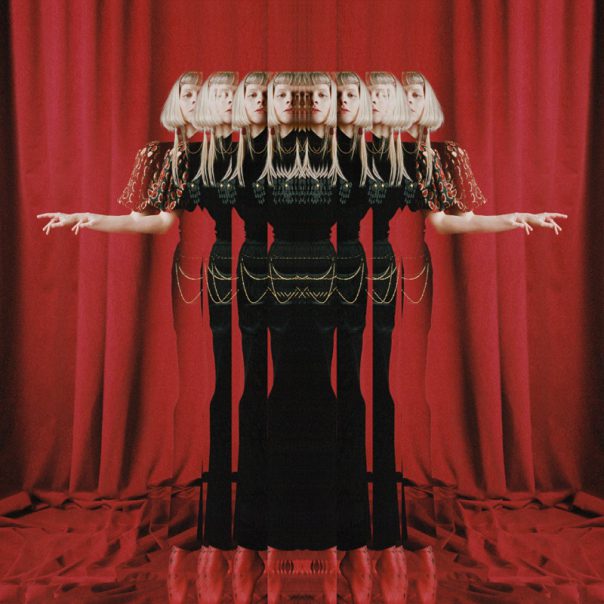The opening ceremonies of the exhibit “Detained at Liberty’s Door: The Story of Liberty Lost on Angel Island, and a Legacy Regained,” located in the California History Center, attracted hundreds of students and community members on Jan. 28.
De Anza College’s California History Center is working with the Chinese Historical Society of America to highlight the immigration station on Angel Island through their exhibit, “Detained at Liberty’s Door.” The exhibit, which opened on Jan. 28, commemorates the 100-year anniversary of the founding of the immigration station.
The curator of the exhibit, Connie Young Yu, profiled her grandparents’ difficult journey through Angel Island, a place for immigrant detention. Yu is a historian, author and activist who exhibited the struggle of her family and so many others with video, photos and personal materials such as clothing and dishware.
The exhibit begins by describing Angel Island from 1910 to 1940 as a terrifying and appalling place. For about one-million Asian immigrants wanting to enter the U.S., the Angel Island site became a confinement, keeping them in isolation.
The government implemented the Chinese Exclusion Act in 1882 to stop Chinese immigration to the states. Those entering the United States had to prove they were an exempt merchant class or children of citizens by birth through the proper paperwork.
Asian-Americans had to endure intensive interrogation and harassment by the government. Some were deported unjustly or faced imprisonment, with appeals being but a costly legal battle.
The executive director of the California History Center, Tom Izu, said that the reason this exhibit is here is because “immigration is a big issue in society. We like to connect to our history of what is close to us. This is a great local story to feature about the San Francisco Bay Area.”
Yu’s grandmother, Lee Yoke Suey (Wong Shee) spent fifteen months in detention starting in January of 1924 and lasting until May 1925. Though she was the widow of an American-born merchant, she was detained under the strict immigration law. According to Yu, the Exclusion Law allowed men to travel to China and to return with their wives, but upon the passing of the 1924 immigration law prohibiting the entry of “aliens ineligible for citizenship,” many immigrants were taken into custody.
The exhibit acts as a visual representation of those Asian- American ancestors who had to fight for their freedom.
Attendees were in awe at the exhibit and said it should be advertised more.
“I find profound importance in this exhibit [because] it brings the history and story [of the immigrants’struggle] to life. It is a story of triumph, struggle and perseverance. It’s fascinating, eye-opening and heartwarming,” said spectator Sherrie Jong Taguchi.
Judy Miner, president of Foothill College, said, “This is a truly insightful perspective into Angel Island and I appreciate that in a college setting.”
Another viewer of the exhibit, De Anza Vice-President of Instruction Christina Espinosa-Pieb, said, “I am thankful to Connie for sharing a story and physical objects with students and community. It’s an opportunity to learn about history that we should not be proud of, but never forget.”
Leslie Masunaga, board member of the California History Center, said, “It is important to put a face on the early immigration struggles and how we got there.”
Izu said that students who take classes at the California History Center are planning to complete projects about their feelings on the exhibit and to take a field trip to Angel Island. The exhibit is slated to run until June 30, so students have time to witness firsthand this influential and inspiring art.

A collection of memoirs and ceremonial envelopes. (Brittany Sims/La Voz Weekly)

A beautiful tradition garb called a cheongsam. (Brittany Sims/La Voz Weekly)

Connie Young Yu and the California History Center’s Tom Izu stand proudly at the exhibit on opening night. (Brittany Sims/La Voz Weekly)








